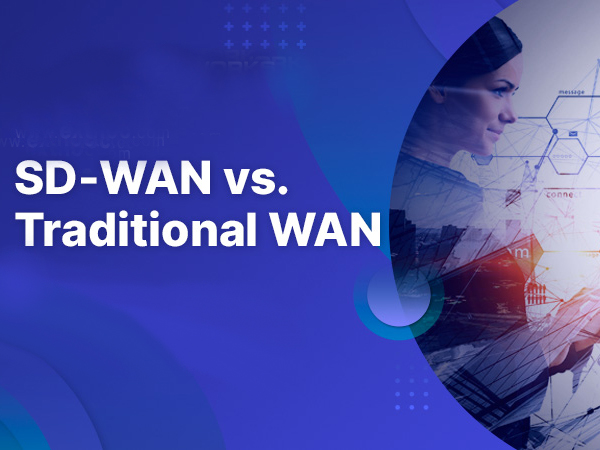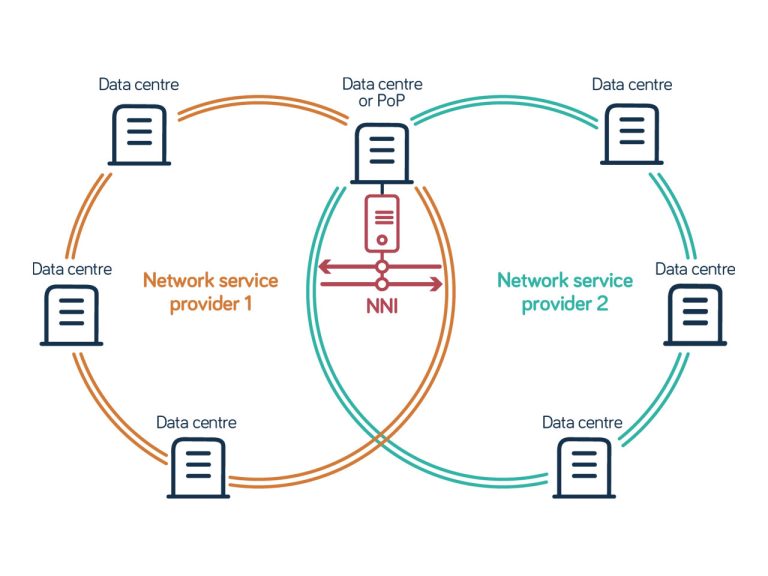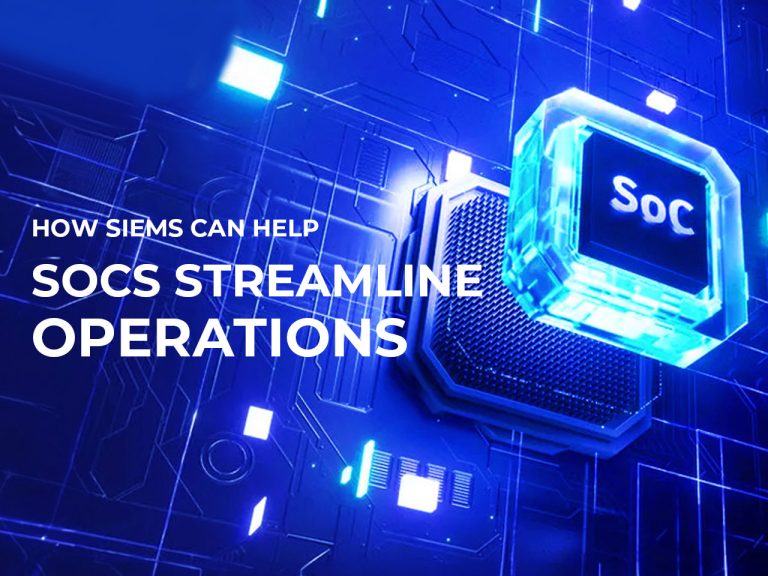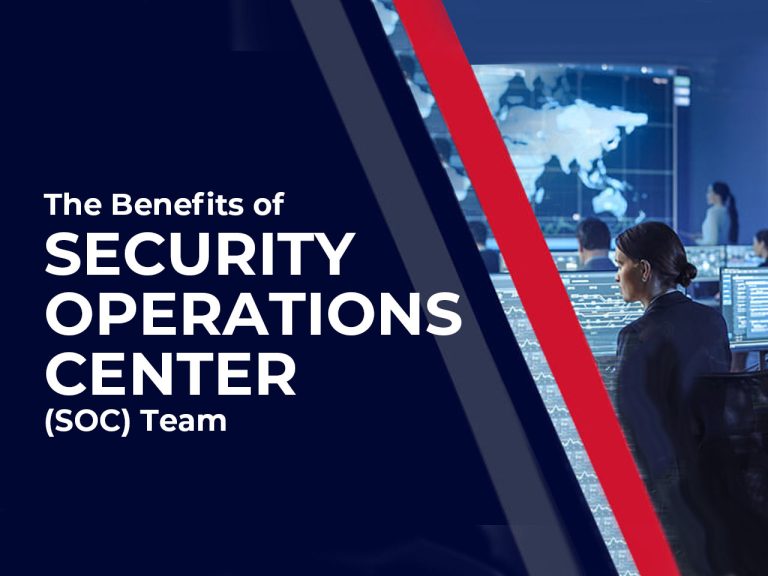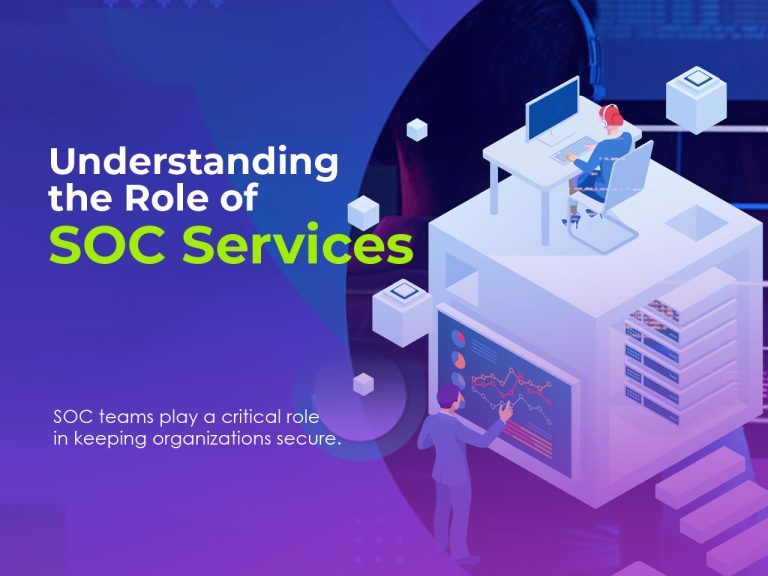Why SD-WAN is the Future of Networking? SD-WAN vs. Traditional WAN
In today’s fast-paced digital landscape, businesses require agile, secure, and cost-effective networking solutions to stay competitive. Traditional networking technologies like MPLS (Multiprotocol Label Switching), VPNs (Virtual Private Networks), and Traditional WAN (Wide Area Network) have long been the backbone of enterprise connectivity. However, the rise of SD-WAN (Software-Defined Wide Area Network) has revolutionized the way businesses manage their networks. In this…

